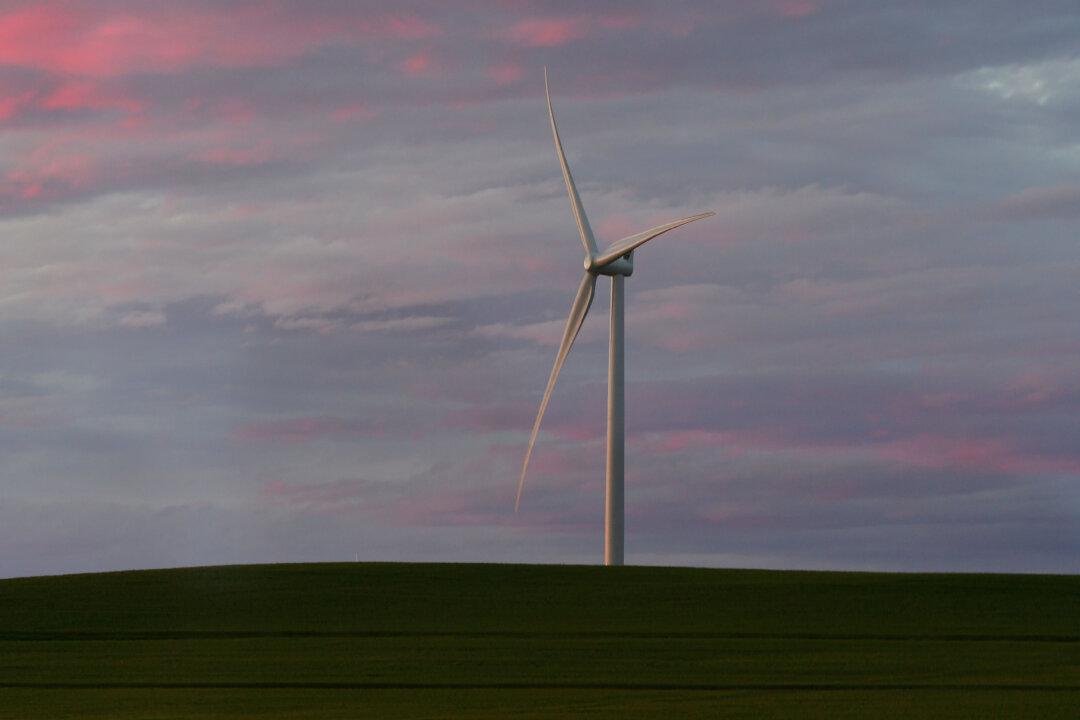The Australian government has doubled the number of approved renewable energy projects since coming into power in May 2022 as it seeks to accelerate Australia’s transition to net-zero emissions.
In an interview with ABC radio, federal Environment Minister Tanya Plibersek said 11 renewable projects had received the green light from the government in the past ten months.





